UI/UX Design Service
45+ years of creating seamless, intuitive digital
experiences grounded in user needs.
powered by Psycho-Aesthetics®.
Quantum‑Si Platinum Pro
Integrated user interface that simplifies complex workflows, guiding scientists with clarity and speed.
Microlab Prep – Compact Pipetting Automation
A compact, user-friendly pipetting system that brings automation to small and mid-sized labs
Aspargo Oral Suspension Dispenser
Empower users with precise dosing, adherence tracking, and wellness at their fingertips
We designed a mobile app that syncs with the device to automate dosing reminders, track usage, and deliver adherence data to caregivers. This digital layer extends the user experience, introduces new functionality, and reinforces treatment outcomes.
More products designed and engineered by us.
PERIMETRICS
Using AI to Diagnose Undetectable Dental Damage
VGX INOVIO
Automated DNA Vaccine Delivery
SPATIAL GENOMICS
Advanced Data Visualization
HAMILTON C6
Best In-Class Solution
LINE 6 GUITAR AMPS
Blending Guitar Gear & Consumer Electronics
XCINEX VENUE
Human-Factored Streaming Service
HAMILTON T1
Mobile Ventilator for First Responders
INTEL
Research & Expansion Strategy for a New Market
BABY BARISTA
The Perfect Baby Bottle Formula In Less Than a Minute
Human-Centered UX/UI Design for Impactful Experiences
As a full-service UX/UI design agency, our team crafts intuitive, human-centered web and digital experiences, products, and apps across research, development, and project execution. Our proprietary Psycho-Aesthetics® methodology blends psychological insight with aesthetic strategy to guide every UX/UI decision. By understanding user behavior, biases, and heuristics, we design interfaces that drive engagement, viral adoption, and long-term experience success through the design process.
45+
Years
200+
Awards
500+
Patents
Psycho-Aesthetics® & UI/UX Design
Great user interfaces and experiences come from insights gained through our process; thorough research and testing that focuses on users and gaining insights.
UI/UX Design Research
Research Capabilities
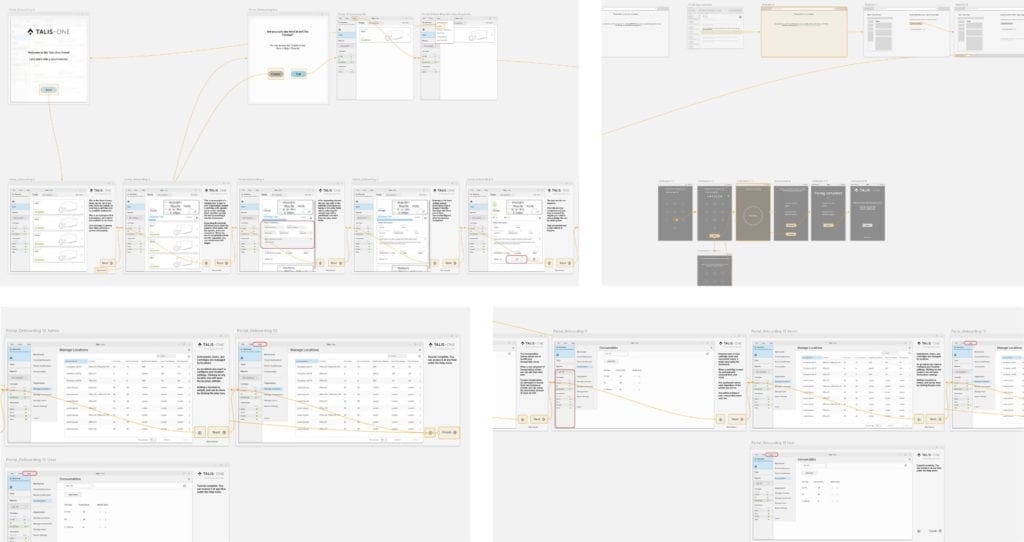
Quantitative Research
Once a prototype is ready, our designers conduct user testing through concept testing research. This process gathers real user feedback to improve and refine the user experience for products, experiences, and apps. It serves two key purposes: identifying areas for improvement and evaluating the overall effectiveness of the UX.
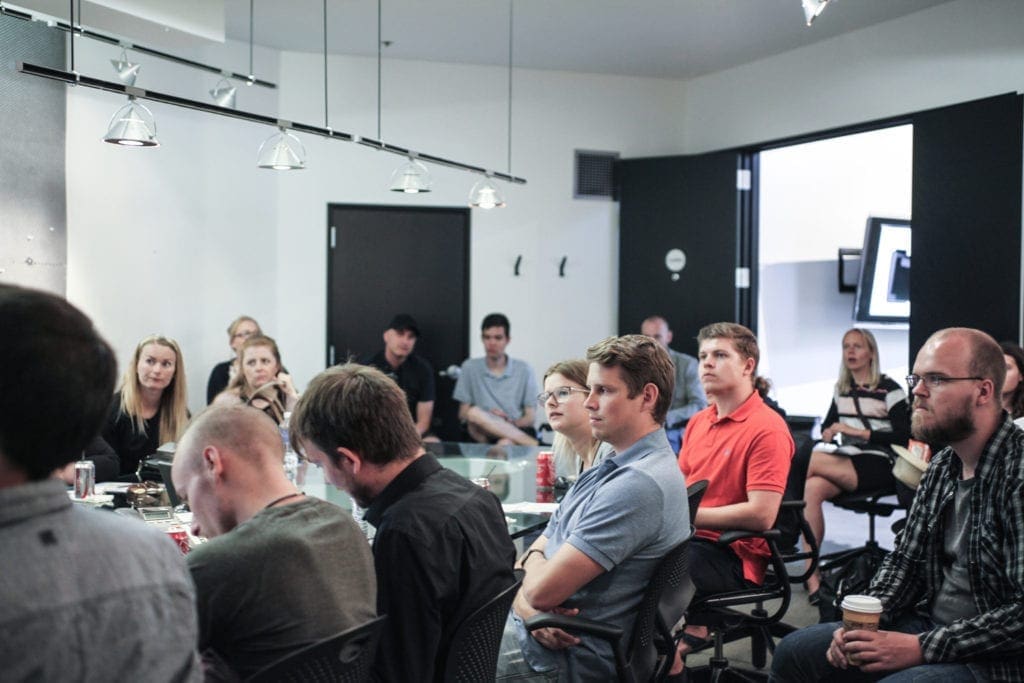
Qualitative Research
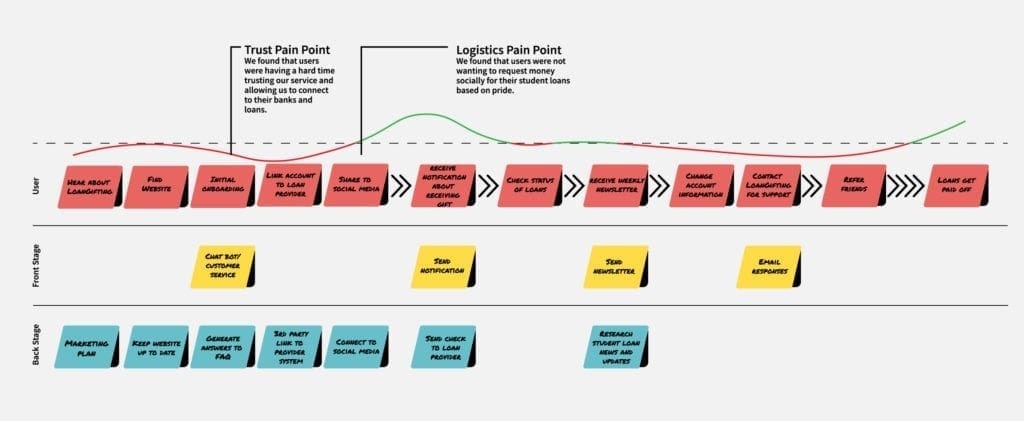
Synthesis & Strategic Insights
After collecting qualitative and quantitative data, we move into the synthesis phase—transforming insights into clear, actionable design strategies. By identifying key patterns and aligning findings with user goals, we create wireframes, interaction flows, work flows, and UX roadmaps that keep each project aligned with user needs. This ensures every design decision is evidence-based and crafted to deliver intuitive, high-impact user experiences.
Driving Innovation Through Human-Centered UI/UX Design
Using our proprietary Psycho-Aesthetics® methodology, we push the boundaries of UI, UX, and digital experience development. Through wireframes, user flows, and prototypes, we build intuitive, interactive digital experiences. By combining iterative design with real user testing, we create solutions that meet both functional needs and emotional goals.
UX Research
Our UX research dives deep into understanding your users through a mix of qualitative and quantitative methods, including interviews, surveys, ethnographic studies, and analytics. This comprehensive approach uncovers user needs, pain points, behaviors, and motivations, providing the essential insights that guide every design decision. Grounded in real-world data, our research ensures your product truly resonates with its audience and addresses their core challenges.
Wireframing & Prototyping
We bring ideas to life early in the design process by creating wireframes and interactive prototypes that visualize the structure, flow, and functionality of your product. Wireframes allow the RKS Team to quickly iterate on web, app, and experience layouts. We also leverage them for user journeys, while prototypes simulate real interactions, making it easier to gather feedback from stakeholders and users. This iterative approach helps identify potential issues early, saving time and development costs while ensuring a user-friendly final product and experience.
UI Design
Our UI design services focus on crafting visually compelling and brand-aligned web and digital interfaces that are not only beautiful but also highly functional and accessible. We pay close attention to visual hierarchy, typography, color theory, and component design to create intuitive layouts that guide users effortlessly through your product. By balancing aesthetics with usability, we deliver interfaces that engage users and elevate the overall experience.
Usability Testing
To ensure your product or app is intuitive and effective, our team at RKS conducts usability testing sessions with real users interacting with prototypes or live products. This hands-on feedback reveals usability challenges, confusion points, and areas of delight that might otherwise go unnoticed. We analyze the results to make informed design refinements that improve the overall user experience, reduce friction, and increase satisfaction.
Design Systems & UI Kits
Insight-led, future-ready solutions across industries.
Our impact and solutions span across platforms and industries. As an established UI/UX Design Agency, we have experience developing cross-platform apps to full digital transformations.
UI/UX Design Expertise
Industry Expertise
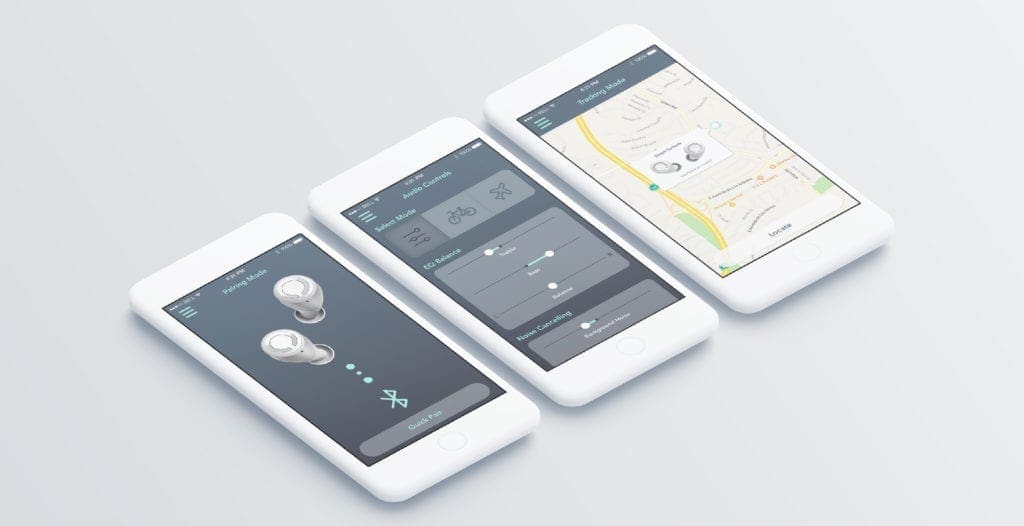
Consumer UX/UI Design
Consumer UX/UI focuses on how users feel when interacting with a product, app, or interface, supported by tailored services that ensure each solution meets user needs.We apply human-centered design to explore use cases, reactions, and real-world contexts—ensuring every experience is intuitive, efficient, and engaging. Guided by the four golden rules of interface design, we create solutions that connect with users and simplify their journey.
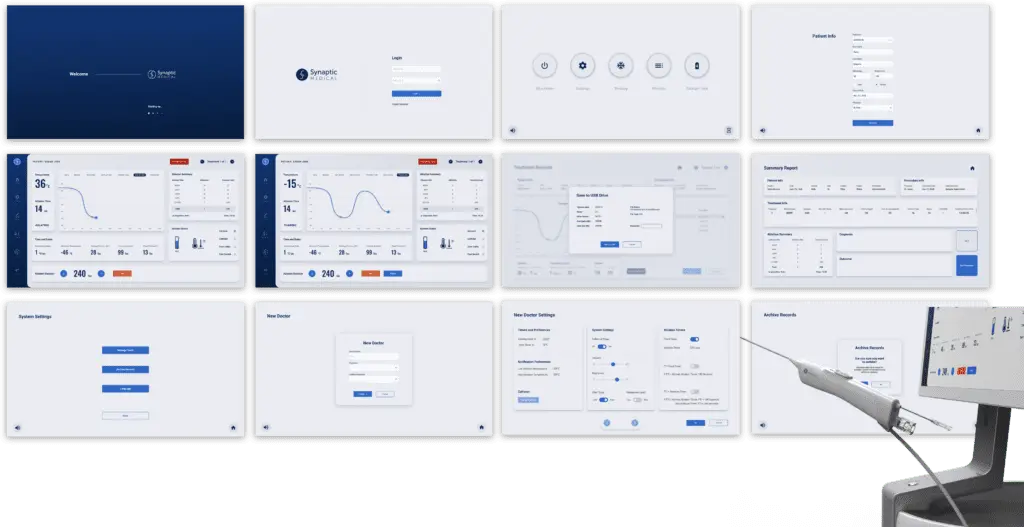
Medical Device UX/UI Design

Enterprise UX/UI Design
We create tailored enterprise UX/UI web solutions and services that align with each organization’s systems, workflows, and brand standards. Our designs integrate existing elements, usage patterns, and work processes to deliver consistent, scalable applications. To understand the adoption challenges and process in enterprise environments, our agency prioritizes accessibility, performance, and clarity—ensuring the experience meets evolving compliance standards and supports users across products, roles, and functions.
ready to partner with us?
What is the difference between UI and UX design?
UX (User Experience) focuses on the overall feel, flow, and usability of a product, while UI (User Interface) deals with the visual and interactive elements users engage with—like buttons, colors, and layouts. Together, they create seamless, engaging digital experiences.
What does your UI/UX design process include?
Our process includes research, user journey mapping, wireframing, prototyping, visual design, usability testing, and final UI handoff. We also create design systems and accessibility-focused interfaces for long-term scalability.
What is a UI/UX design sprint?
A UI/UX design sprint is a structured process that helps design teams quickly and efficiently identify, prototype, and test solutions to user experience problems. It is a collaborative and iterative process that involves designers, developers, and stakeholders coming together to focus on a specific problem or challenge within a limited time frame
What are the benefits of UX research?
We strongly believe in the benefits of UX research. UX research is the process of studying and understanding the needs, motivations, and behaviors of users in order to design better products and experiences. One major benefit of UX research is the ability to identify user pain points and frustrations. By conducting in-depth interviews, surveys, and usability testing, we can uncover areas of confusion or dissatisfaction within the user journey. This allows us to design solutions that address these issues and improve the overall user experience. Another benefit of UX research is the ability to validate design decisions. By conducting user testing, we can see how real users interact with a product and identify any areas that may need further refinement. This feedback is crucial in ensuring that our designs are intuitive and easy to use. Additionally, UX research allows us to gain insights into user behavior and preferences. By analyzing data from user research, we can better understand how users interact with a product and make informed design decisions that align with their needs and expectations. Furthermore, UX research helps us to build empathy with our users. By putting ourselves in the shoes of our users and understanding their motivations and challenges, we can create designs that are more human-centered and better meet their needs. The benefits of UX research are numerous. From identifying user pain points and validating design decisions, to gaining insights into user behavior and building empathy with users, UX research is an essential part of the design process at our firm. By investing in UX research, we can create better products and experiences that delight and engage users.
Can you work with our existing brand or design system?
Absolutely. We can build from your current brand guidelines, design system, or existing components to ensure consistency while introducing enhancements that improve user experience. Key Attractors, Hero’s Journey, Design, Execution, and Moments of Truth.